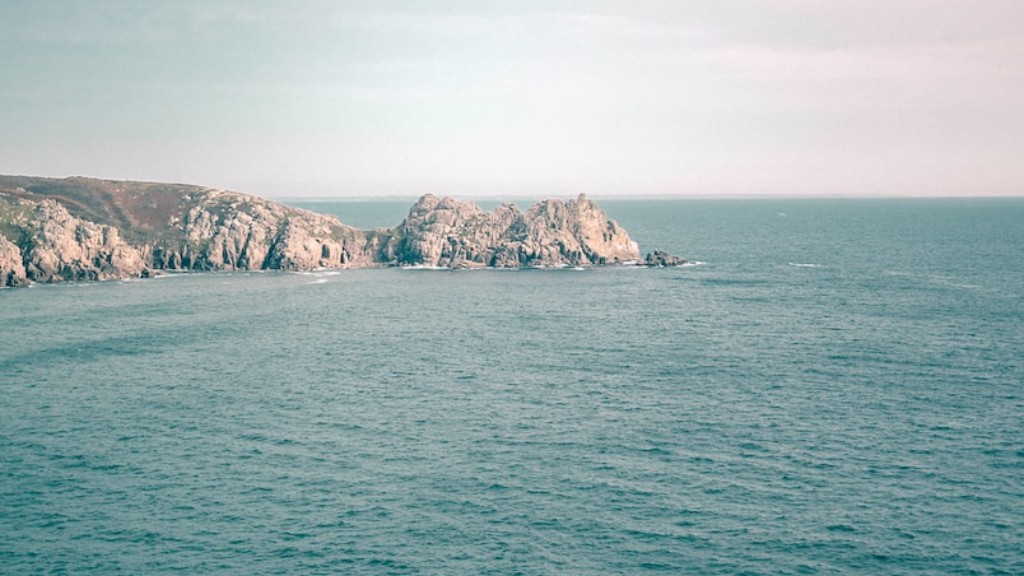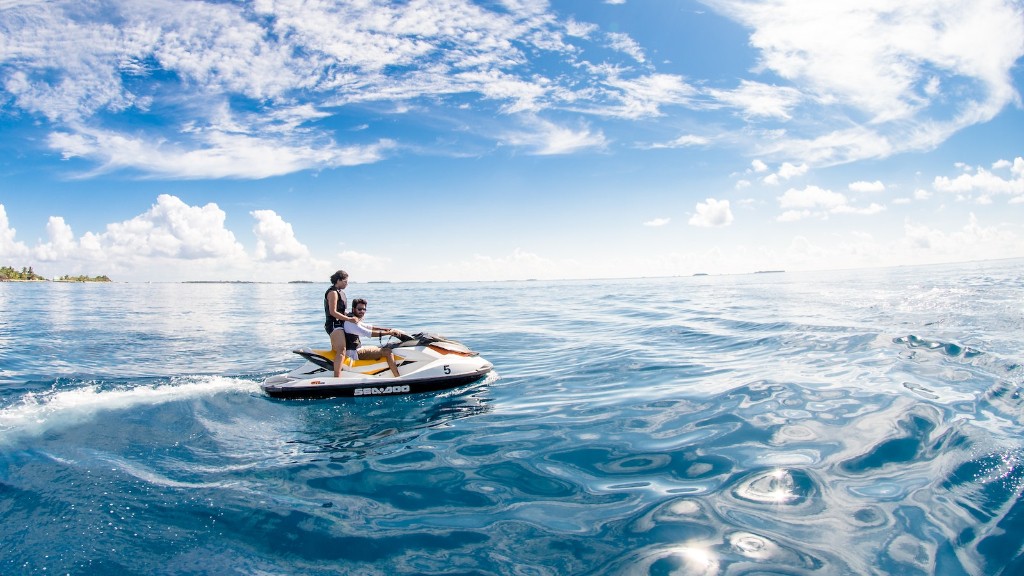The clownfish and sea anemone is a symbiotic relationship in which the clownfish lives among the tentacles of the sea anemone. The clownfish is immune to the anemone’s stinging tentacles, and in return the clownfish protects the anemone from predators. This relationship is beneficial to both species.
The sea anemone and clownfish are not found in the Bering Sea.
Where are clownfish and anemone found?
Clownfish are small, brightly-colored fish that live in warm, sheltered reefs or lagoons. They are found in the Red Sea and Pacific Ocean. Clownfish eat small invertebrates, algae, and food scraps that the anemone leaves behind.
Clownfish have a symbiotic relationship with anemones. The anemone protects the clownfish from predators and the clownfish cleans the anemone.
Sea anemones are found throughout the world’s oceans. Although the most abundant and diverse populations are found in shallow tropical waters, some species of anemones can live at depths more than 10,000 meters below sea level.
These creatures are related to corals and jellyfish and are typically found attached to rocks or other hard surfaces. Sea anemones are predators that capture prey with their venomous tentacles.
Some anemones are capable of reproducing asexually, while others require male and female partners for fertilization. The larvae of some species are able to swim long distances before settling into a new home.
What is the symbiotic relationship between a clownfish and sea anemone
The symbiotic relationship between an anemone and a clownfish is a great example of how two different organisms can benefit from each other. The anemone provides the clownfish with protection and shelter, while the clownfish provides the anemone with nutrients in the form of waste. This relationship is beneficial for both the anemone and the clownfish and helps them to thrive in their environment.
The clownfish is a small, brightly-colored fish that is found in the waters of the Indo-Pacific region. The clownfish is best known for its symbiotic relationship with certain species of sea anemone, in which the clownfish lives among the anemone’s tentacles and is protected from predators. The mucus coat of the clownfish protects it from the anemone’s sting, allowing the two species to coexist peacefully. This relationship is beneficial to both the clownfish and the anemone, as the clownfish provides the anemone with food in the form of small invertebrates that it picks off of the reef, and the anemone provides the clownfish with shelter and protection.
What kind of fish was Nemo?
Ocellaris Clownfish, also known as False Percula Clownfish, are a species of Clownfish that are popular in saltwater aquariums. They are named for their iconic vivacious temperament and hardy nature inside an aquarium. Clownfish like these are certainly the most iconic saltwater aquarium fish and have captivated hobbyists for decades.
The clownfish is a species of fish that lives exclusively in anemones. The clownfish has a symbiotic relationship with the anemone, and the two species rely on each other for survival. The clownfish is protected from predators by the anemone, and in turn, the clownfish helps to keep the anemone clean. If a clownfish’s mate dies, the clownfish will change sex and mate with another clownfish. This ability to change sex allows the clownfish to continue to reproduce, even in the absence of a mate.
What happens if you touch a sea anemone?
Some anemones have stinging cells that can hurt humans. Luckily, most anemones don’t have large enough stinging cells to affect humans. If you have ever touched a small anemone, the sticky feeling you may have felt is caused by those tiny harpoons as the anemone tries to eat your finger.
While the venom from sea anemones may not be deadly, it can still cause a painful burning sensation. Rivera warns that it can be dangerous if you are stung by one of these creatures.
Can you eat sea anemone
The anemones have a very short shelf life, so it is best to cook them fresh on the day that they are picked. They can be stored in salt water, but their sting will still be active. Frying in hot oil will neutralize the sting.
Clownfish live among the tentacles of certain sea anemones and are protected from predators by the anemone’s stinging cells. In return, the clownfish keeps the anemone clean and defends it from other clownfish.
Why do clown fish rub on anemones?
In this type of mutualism, the clownfish and anemones benefit from each other. The clownfish get a safe place to live and the anemones get food. This is because the surfaces of these creatures are covered in mucus, which microbes love to eat.
The clownfish has a unique relationship with the anemone, in which the clownfish is immune to the anemone’s sting and in exchange the clownfish drives off intruders and preens the anemone. This symbiotic relationship is beneficial to both species, as the clownfish is protected from predators and given food scraps, and the anemone is protected from intruders.
Can clownfish survive jellyfish sting
Clownfish are not immune to jellyfish stings, even though they are unharmed by the stinging cells of an anemone. This is because the stinging cells of a jellyfish are much larger and more powerful than those of an anemone. Therefore, it is important to be careful when handling clownfish, and to avoid coming into contact with jellyfish.
Sea anemone are named after the flower because they look like flowers. Clownfish does not get sting by sea anemone because it has a Symbiotic Relationship with it. Clownfish belongs to the phylum Chordata because it has a notochord.
Do clownfish hurt anemones?
Clownfish can get quite large and if they are particularly aggressive they can end up killing an anemone. Anemones provide clownfish with sanctuary from predators and the clownfish in turn provides the anemone with food and protection. If a clownfish gets too large and aggressive it can damage or even kill its host anemone.
Blue Tangs are one of the most popular fish in the aquarium trade, but unfortunately they are not able to be bred in captivity. This is due to their complicated mating rituals and the fact that they are not able to survive in aquarium conditions. If you are looking for a blue tang for your aquarium, you will need to purchase one from a reputable dealer.
Conclusion
There is no one definitive answer to this question as there is no one definitive bering sea. However, it is generally thought that the sea anemone and clownfish would not be found together in the bering sea, as the clownfish is native to the Indian and Pacific oceans.
The clownfish and the sea anemone have a symbiotic relationship in which the clownfish benefits from the anemone’s stinging tentacles for protection from predators, and the anemone benefits from the clownfish’s waste products as a source of nutrients. This type of relationship is called mutualism.





